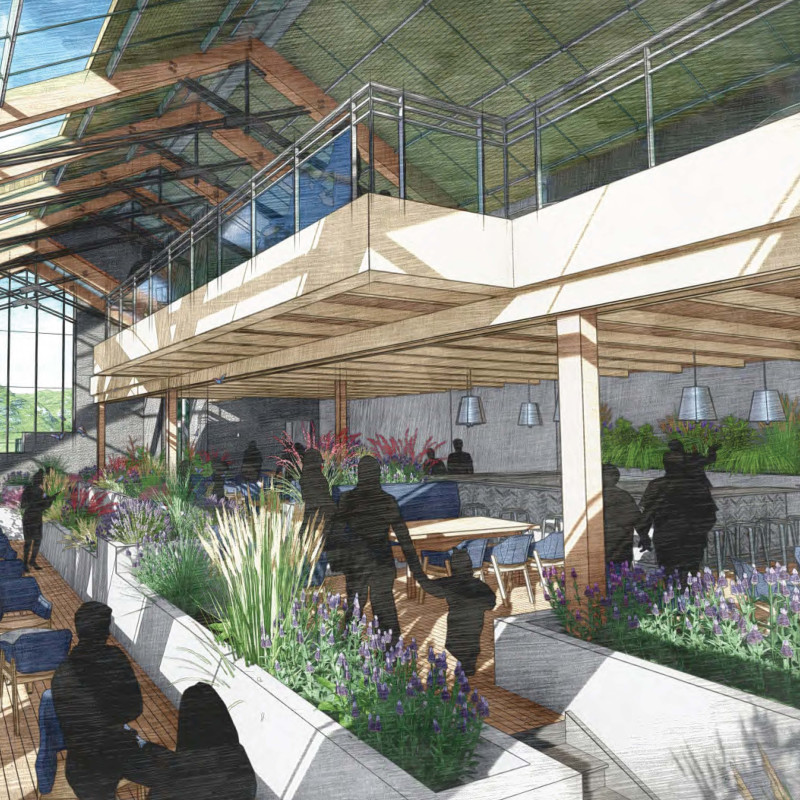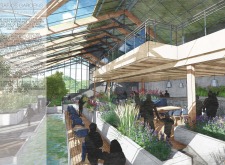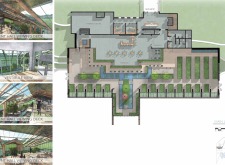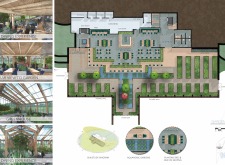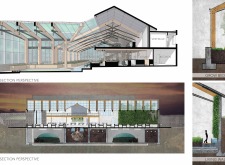5 key facts about this project
The project incorporates various functional areas essential for its mission. The main restaurant space is designed to create an immersive dining experience where patrons can enjoy freshly prepared meals sourced from on-site gardens. Adjacent to the dining area is a versatile event hall that can host a range of activities, from community workshops to cultural events. A fully equipped catering kitchen supports culinary operations and educational initiatives, while vertical aquaponics systems within the greenhouse provide an innovative approach to urban agriculture. These features collectively contribute to the overall educational framework of the facility.
The design of VogaFjos Gardens is noted for its unique blend of technology and natural elements. The integration of vertical aquaponics represents a modern approach to sustainable agriculture, allowing for efficient space usage while educating visitors about innovative food production techniques. The extensive use of glass enhances the interior's relationship with the surrounding landscape and maximizes natural light. Additionally, the incorporation of living walls increases biodiversity, improves air quality, and provides a visually appealing element that ties the building to its agricultural roots.
The VogaFjos Gardens project exemplifies effective architectural design through its commitment to sustainability and community engagement. Its innovative use of space and materials enhances the overall experience while fostering a deeper understanding of food systems. To explore this project further, it is recommended to review the architectural plans, sections, and design ideas that illustrate its thoughtful approach to integrating function and aesthetics.


